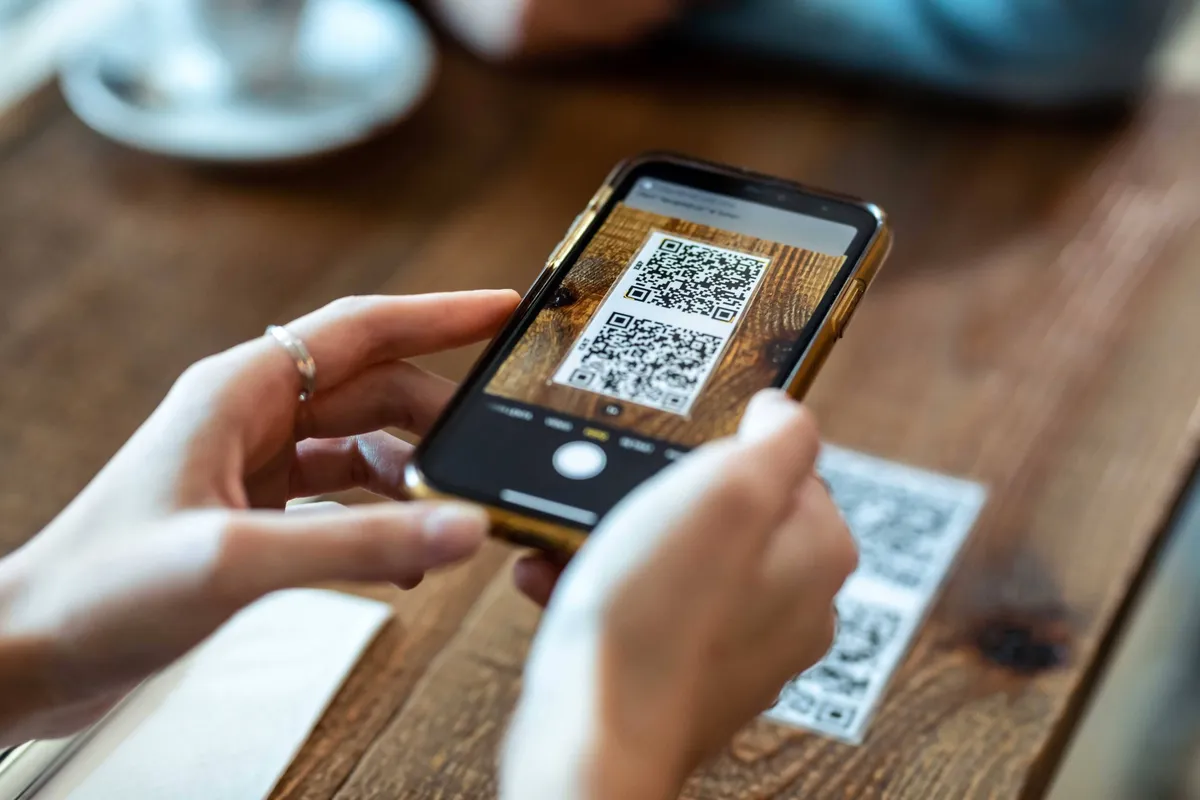We are in an increasingly digital world and we all know that. Unfortunately, however, we keep seeing only the things that are convenient for us, and with great difficulty we are inclined to step outside our comfort zone.
I made this brief introduction because for many years I was a restaurateur and hotelier making the mistakes I talk about in these articles. Mistakes that I have paid dearly for and that I would hate for you to continue to make.
Therefore, let’s cut to the chase and if you are interested in knowing why it is important for every restaurant to have a digital menu to decline on every touch point with a potential customer, follow me in this reading. Just a few minutes to understand, put into practice and start generating the extra revenue you’re giving up today!
I am Giancarlo De Leonardo, a former restaurateur and hotelier and founder of Caro Collega, a club of enlightened entrepreneurs who fund the fight for digital empowerment of hospitality workers. If I can afford to disseminate these concepts, it is because of them.
In this article
- Digital transformation and the consequences for a restaurant menu
- The benefits of incorporating a digital menu
- Greater transparency and increased visibility
- Conclusions
Digital transformation and the consequences for a restaurant menu
In recent years, the hospitality industry has undergone a major transformation due to the advent of digital technologies. Restaurants, especially, have experienced a significant change in information management and customer relations. In this context, the implementation of a digital menu has proven to be a key strategic choice to improve the customer experience and position itself in step with digital trends in the industry.
A digital menu represents the evolution of the traditional paper menu, offering a number of benefits for both restaurateurs and customers. First, it allows restaurants to have an effective and accessible presence on various online platforms. This means that the digital menu should be downloadable directly from the company website, but also accessible via links on platforms such as TripAdvisor and Google My Business.
In addition, it can be integrated within automated online reservation systems, allowing customers to book a table and view the menu simultaneously. Another key element is the use of digital menu via QR code, which in Caro Collega we recommend to our clients. This technology became especially important during the pandemic, when contact with shared items such as paper menus was restricted for hygiene and safety reasons. Customers can simply scan the QR code with their smartphones to view the digital menu, which provides a complete overview of available options, including dishes, beverages, and their prices. This method is extremely convenient, especially allowing customers to have clarity of what they will find before they sit down to eat.

The benefits of incorporating a digital menu
Implementing a digital menu offers numerous benefits for both restaurants and customers. For restaurateurs, it makes it easy to update menu information in real time, offering the ability to make changes, add new dishes, or flag any allergens. Moreover, the digital menu can be integrated with a customer feedback management system, allowing reviews and comments on food and service quality to be collected.
From the customers‘ perspective, the digital menu offers an interactive and engaging experience. They can leisurely explore the menu, read detailed descriptions of dishes, and view images to help them make their choice. Furthermore, the digital menu can provide additional information, such as calories of dishes, allergens contained in each dish, vegetarian or gluten-free options, and wine pairing suggestions. This kind of transparency and completeness of information creates trust and satisfaction in customers, who appreciate the ability to make informed decisions based on their preferences and any dietary restrictions.
Greater transparency and increased visibility
In addition, digital menus offer a significant advantage in optimizing restaurants’ online visibility. Search engines and booking platform algorithms tend to favor businesses that provide detailed and up-to-date information. By having a well-structured and easily accessible digital menu, restaurants increase the likelihood of appearing in user searches and attracting new customers. In addition, the presence of a menu within the company’s profile tab on Google or Tripadvisor as well as on the restaurant’s website itself allows it to convey a professional and modern image, giving a clear idea of the culinary style and prices charged.
Using the digital menu also enables the collection of valuable customer information. Through integration with online reservation systems, customer data such as name, e-mail address, and food preferences can be recorded. This data can be used to create a database of loyal customers and to send targeted promotions and personalized offers. But that’s not all because restaurants can ask customers to leave feedback about their experience using the digital menu, allowing them to collect information about the quality of the food, service, and environment. Such feedback can be used to continuously improve the offering and better meet customer expectations.
Conclusions
In conclusion, implementing a digital menu is a key element of a successful digital strategy for restaurants. Having an online presence with a downloadable menu on the company website, a link to the digital menu on platforms such as TripAdvisor, a well-maintained Google My Business tab, and an automated online reservation system allows you to reach a wider audience and improve the customer experience. In addition, using QR codes to browse the digital menu provides convenience, transparency, and security. Finally, collecting feedback from customers and using the data collected allows the offerings to be adapted to their preferences and the quality of the service provided to be constantly improved. Choosing to adopt a digital menu means embracing digital empowerment and gaining a competitive advantage over many restaurants where an anachronistic mindset still reigns.
Article written by Giancarlo De Leonardo, a former restaurateur and hotelier and founder of Caro Collega

